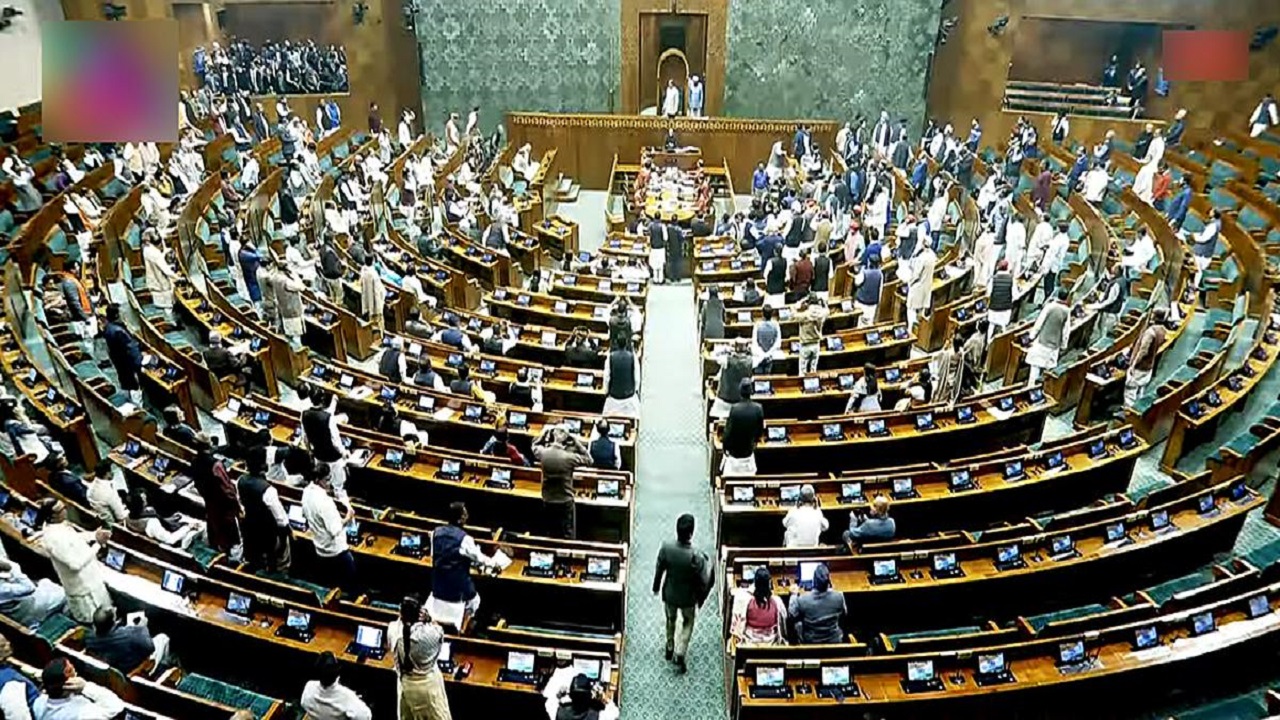India's Constitution at 75: Safeguarding Democracy and Liberty
Context:
India’s Constitution came into effect on January 26, 1950, and remains the foundation of its governance. As the country celebrates the 75th anniversary of this historic milestone, it is crucial to reflect on its federal structure, challenges to democracy, and evolving constitutional values. The Constitution is more than a legal document—it embodies India’s vision for justice, equality, and liberty.
The Federal Structure of India
What Defines India’s Federal Structure?
-
Union of States:
- The Constitution does not call India a federation but instead uses the term "Union of States" in Article 1.
- Why this terminology?
- Dr. B.R. Ambedkar explained that India’s union:
- Is not the result of an agreement among states (as in the USA).
- States cannot secede from the union, ensuring national unity.
- Dr. B.R. Ambedkar explained that India’s union:
-
Quasi-Federal System:
- Constitutional expert K.C. Wheare described India as "quasi-federal", meaning it combines elements of both unitary (strong central government) and federal systems.
-
Canadian Influence:
- India’s federal system is inspired by the Canadian model, which prioritizes a strong central authority.
- This is unlike the American model, where federal and state governments are nearly equal in power.
-
Emergency Provisions:
- While the Centre has special powers during emergencies, regular governance operates within a federal framework.
- The Centre and States are co-equal in their respective domains, as explained by Dr. Ambedkar.
-
Judiciary’s Role:
- The Supreme Court of India has affirmed that federalism is part of the basic structure of the Constitution in landmark cases like:
- S.R. Bommai vs. Union of India (1994)
- Government of NCT of Delhi vs. Union of India (2024)
- The Supreme Court of India has affirmed that federalism is part of the basic structure of the Constitution in landmark cases like:
Challenges to India’s Federalism
-
State vs. Governor Disputes:
- Increasing conflicts between state governments and governors are raising concerns about governance and federal balance.
-
Simultaneous Elections:
- There is debate over conducting Lok Sabha and State Assembly elections together.
- Supporters argue it increases efficiency.
- Critics say it could undermine state-specific issues and federalism.
- There is debate over conducting Lok Sabha and State Assembly elections together.
-
Regional Languages:
- Neglect of regional languages (Tamil, Kannada, Bengali, etc.) is being debated as a challenge to multilingual equality and state autonomy.
-
Fiscal Federalism:
- States face financial constraints due to:
- Finance Commission recommendations.
- Goods and Services Tax (GST), which centralizes revenue collection.
- States face financial constraints due to:
-
Delimitation Exercise:
- The upcoming delimitation (redefining constituencies) is likely to create tensions between states and the Union, especially in states with effective population control measures.
Challenges to Social Democracy in India
Key Threats to Liberty and Equality
-
Preventive Detention and Arbitrary Arrests:
- Laws like anti-terror legislation allow preventive detention, often used to suppress dissent.
- In the A.K. Gopalan case (1950), preventive detention laws were upheld, leading to debates on personal liberty.
-
Inequality:
- Dr. B.R. Ambedkar emphasized the need to address social and economic inequalities to protect democracy.
- Without equality, democracy itself is at risk.
-
Caste System:
- Ambedkar criticized the caste system, questioning how a society divided into thousands of castes could claim to be a nation.
-
Suppression of Dissent:
- In recent years, dissent has been increasingly criminalized.
- Activists jailed under anti-terror laws face prolonged imprisonment without trial, highlighting concerns over personal liberty.
The Role of Dissent in Democracy
Dissent as a Constitutional Value
-
Why Dissent Matters:
- Dissent is essential for a vibrant democracy. It ensures a balance between state power and individual freedoms.
- The Supreme Court has recognized dissent as a core constitutional ethic in judgments like:
- A.K. Gopalan vs. State of Madras (1950)
- Puttaswamy vs. Union of India (2017) (affirming the right to privacy).
-
Historical Lessons:
- Justice S. Fazl Ali’s dissent in the A.K. Gopalan case argued for a broader interpretation of liberty, linking it with dignity and justice.
- His views were later vindicated in the Puttaswamy case, which placed personal liberty and privacy at the core of constitutional values.
-
Current Paradox:
- Despite judicial recognition, dissenters today face preventive detention, arbitrary arrests, and delayed justice.
- Colonial-era laws are being used to stifle dissent, undermining democratic principles.
Strengthening India’s Constitutional Governance
-
Judiciary’s Role:
- The judiciary must protect personal liberty and ensure that constitutional values are upheld.
- There is a need for creative constitutionalism—judicial innovation that prioritizes justice over procedural rigidity.
-
Addressing Systemic Issues:
- The judiciary should:
- Speed up bail hearings for dissenters.
- Curb misuse of anti-terror laws.
- Prevent state overreach.
- The judiciary should:
-
Learning from History:
- Mistakes like the A.K. Gopalan judgment, which prioritized colonial-era laws over liberty, must not be repeated.
- Courts should ensure the Constitution remains a beacon of hope for justice and democracy.
Conclusion
At 75, India’s Constitution has stood as a symbol of hope, guiding the nation through significant challenges. However, its true potential remains unrealized as long as dissent is criminalized, inequalities persist, and personal liberty is compromised. By embracing creative constitutionalism, addressing systemic flaws, and prioritizing justice, India can ensure that its Constitution evolves as a dynamic and transformative force. This journey will honor the vision of framers like Dr. B.R. Ambedkar and ensure that the ideals of justice, liberty, and equality remain at the heart of Indian democracy.




Comments (0)